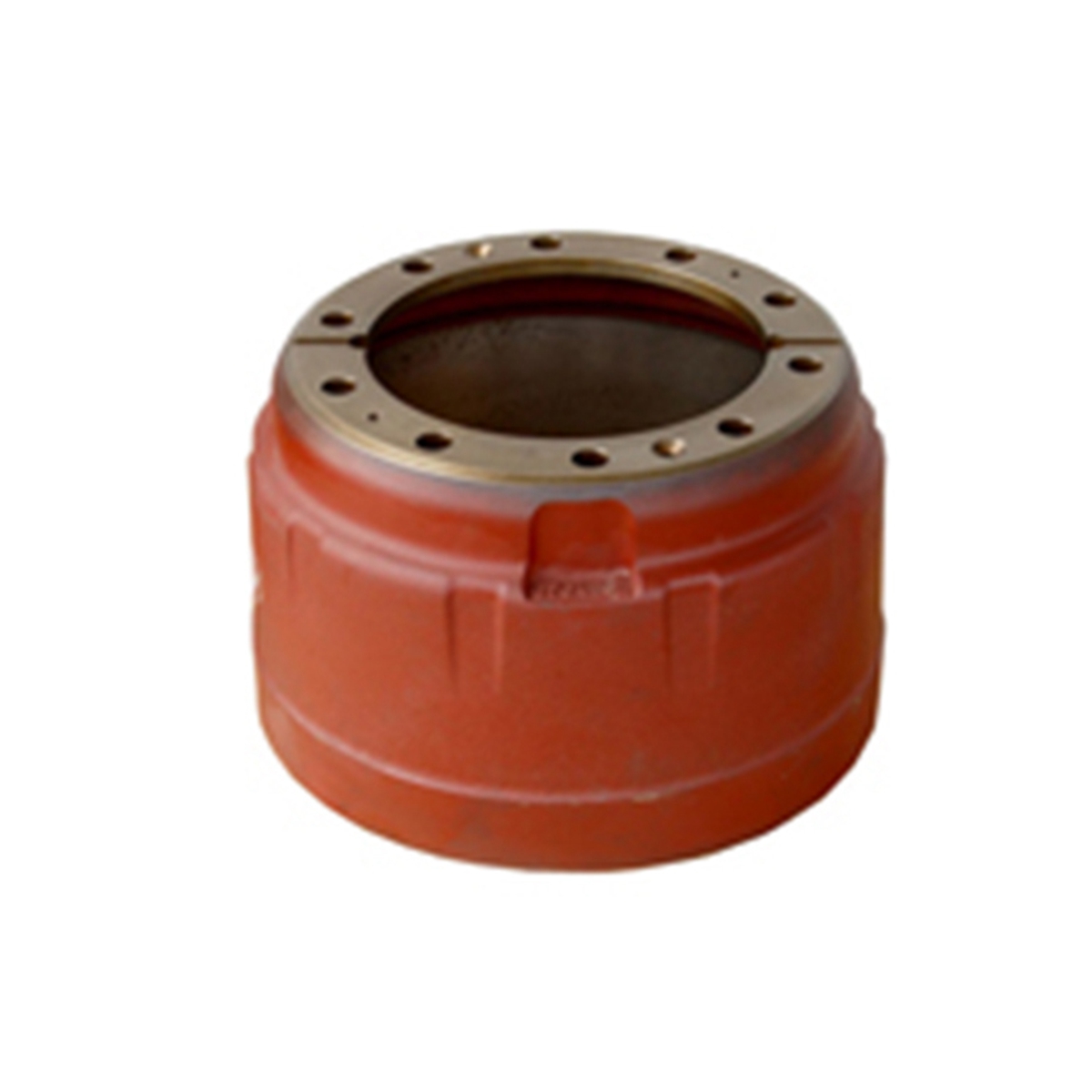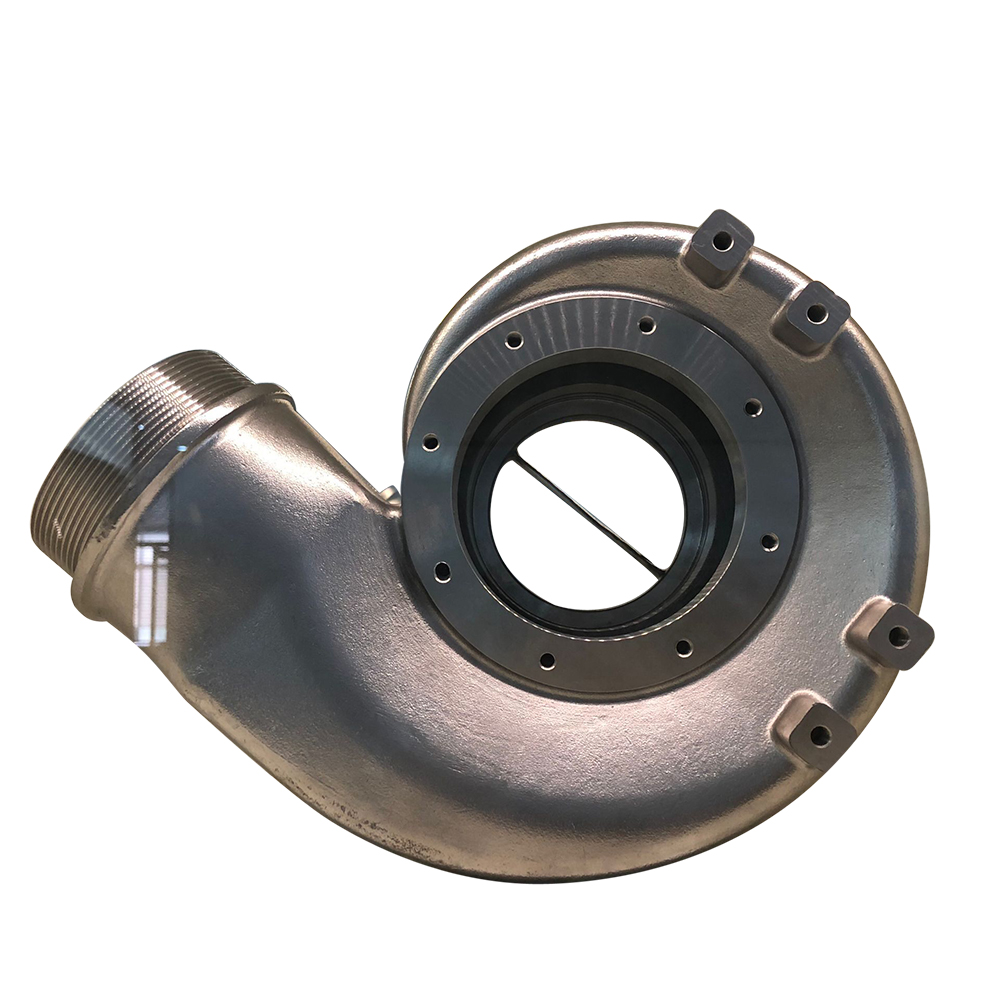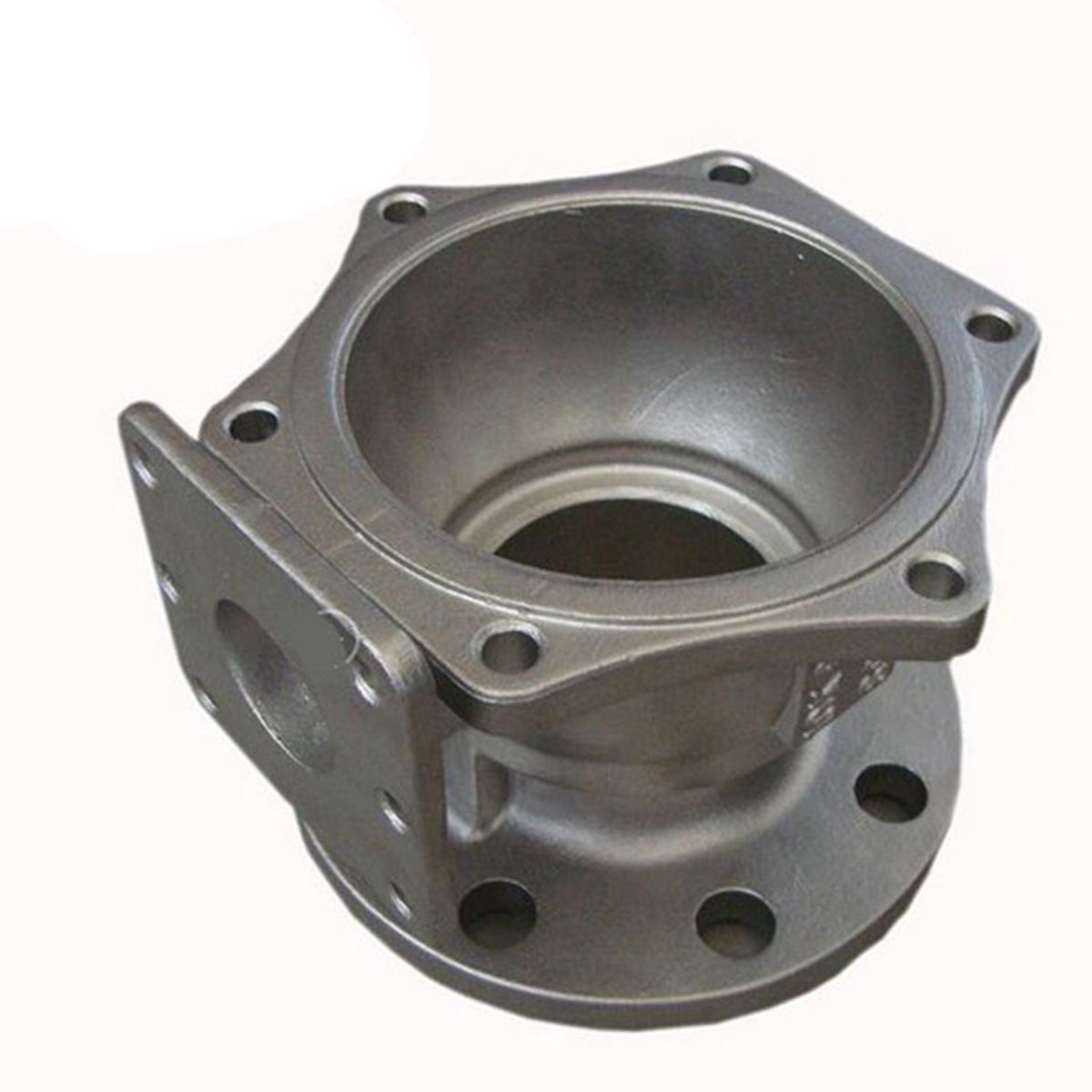Casting is a manufacturing process that has been used for centuries to create intricate metal components with complex shapes and sizes. Over time, the process has been improved and mechanized to enhance precision, reduce costs, and increase efficiency. Today, castings are produced for an enormous range of applications across various industries including aerospace, automotive, construction, medical and more.
This article will explore the advantages of casting in detail, covering everything from material selection to designing flexibility, production speed, and environmental sustainability. By the end of the article, you will gain an understanding of why casting is one of the most popular and versatile manufacturing processes available today.
Design Flexibility
One of the significant advantages of casting is its design flexibility. By using casting, manufacturers can create virtually any shape, size, or contour they require. The ability to produce intricate geometries is what makes casting so popular for the production of complex parts that would otherwise require extensive machining or welding.
Casting allows manufacturers to make parts with thin walls, varying cross-sections, undercuts, and other features that would not be possible with alternative manufacturing methods. The process of casting also enables manufacturers to add features such as threads, logos, and labels seamlessly. This makes the casting process ideal for creating custom parts that have unique geometries, high dimensional accuracy, and excellent surface quality.
Multiple Material Options
Another significant advantage of casting is the range of materials that can be used. The casting process can accommodate a wide variety of metals, including aluminum, brass, copper, iron, magnesium, steel, and more. Each material has its unique properties, allowing manufacturers to select specific alloys that meet the requirements of their applications.
For example, aluminum is popular for its lightweight and corrosion-resistant properties, making it ideal for the aerospace and automotive industries. Iron, on the other hand, is known for its strength and durability, which makes it suitable for the construction and heavy equipment industry.
Cost-Effective
Casting is cost-effective. Compared to other manufacturing processes such as forging or machining, casting has a lower production cost per unit. This is because the cost of the tooling required for casting is lower than the cost of the tooling required for other manufacturing methods.
Furthermore, the casting process requires fewer steps and takes less time to produce the same part. It is also possible to scale up production without increasing costs. This makes casting an attractive option for manufacturers looking to produce large volumes of parts or components cost-effectively.
Improved Production Speed
Casting is a fast production process. The lead time for casting parts is relatively short compared to other manufacturing methods. Once the tooling is in place, the casting process can begin immediately, and hundreds, even thousands, of parts, can be produced in a matter of hours.
The speed of the casting process means that manufacturers can respond quickly to customer demand, making it an ideal manufacturing process for companies that are looking to reduce lead times, improve turnaround times, and improve order fulfillment rates.
Reduced Waste
Casting is an extremely efficient process that minimizes waste. Unlike other manufacturing methods, where significant amounts of material can be lost during the production process, casting uses only the exact amount of material required to make the part.
Casting also produces less scrap than other manufacturing methods. Any scrap material produced during the casting process can be reused, which helps minimize waste and reduces production costs.
Environmentally Sustainable
Casting is an environmentally sustainable process. The casting process produces less waste and consumes less energy than other manufacturing methods, making it ideal for companies looking to reduce their environmental impact. Additionally, the recyclability of casting materials such as aluminum, steel, and iron makes it easier for manufacturers to reduce their carbon footprint.
High Precision
Casting can produce parts with high precision and accuracy. The process involves pouring molten metal into a mold, which then solidifies into the desired shape. The use of computer-aided design (CAD) systems has improved the accuracy of casting significantly, allowing manufacturers to produce parts with tight tolerances and uniform dimensions.
This precision means that cast parts require fewer secondary operations such as machining or finishing, saving time and money during the production process.
Versatility
Finally, casting is incredibly versatile. It is used to make a vast range of parts and components for several industries, including automotive, aerospace, construction, and more. From small, delicate parts requiring high precision to large, heavy-duty components that must withstand extreme conditions, casting can meet virtually any manufacturing requirement.
This versatility makes casting an integral part of many modern manufacturing processes, providing manufacturers with significant flexibility in their design and production processes.
Conclusion
Casting is a highly versatile manufacturing process that provides a range of advantages over other manufacturing methods. From design flexibility to multiple material options, cost-effectiveness, improved production speed, reduced waste, environmental sustainability, high precision, and versatility, casting provides manufacturers with the flexibility and efficiency they require to meet the demands of modern manufacturing.
As technology continues to evolve, it is likely that the casting process will continue to refine, offering even greater accuracy, precision, and efficiency. By utilizing the advantages of the casting process, manufacturers can produce parts of the highest quality while minimizing waste, reducing costs, and improving their environmental impact. Given its many advantages, it is no surprise that casting is one of the most popular manufacturing processes in use today.
(These are the cast parts that we produce.)







